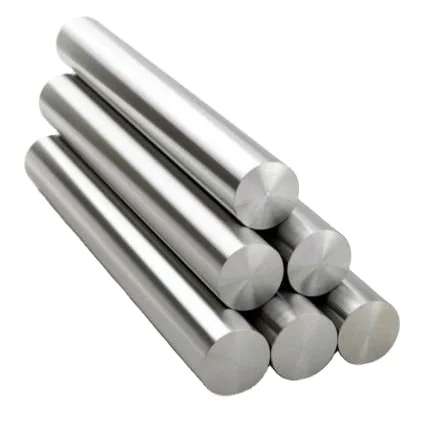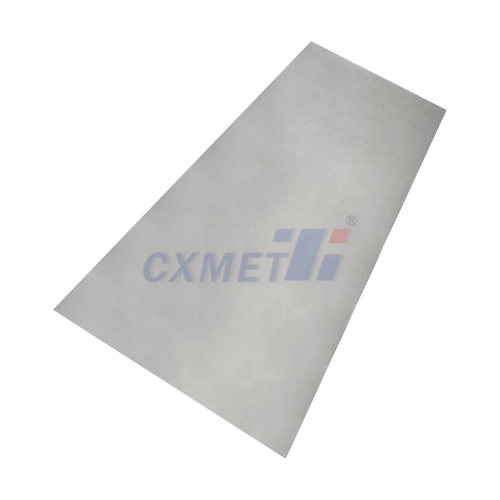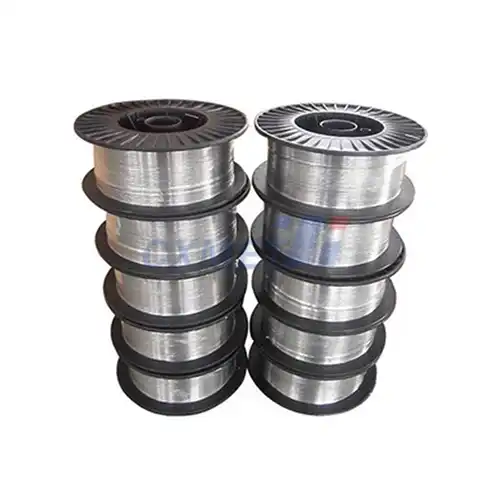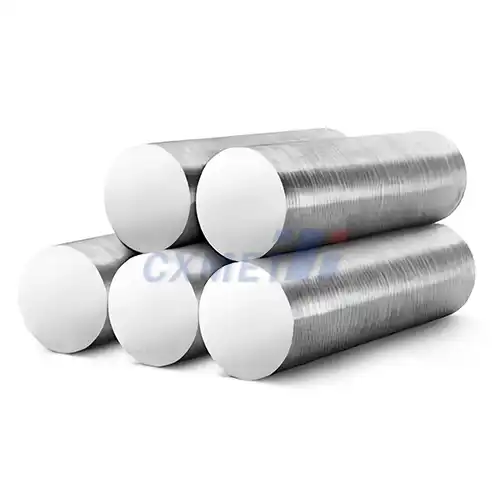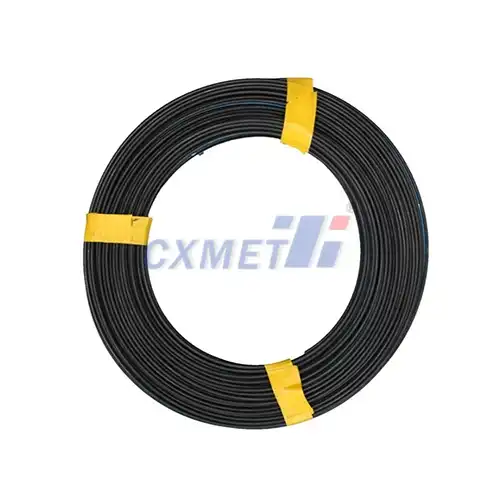- English
- French
- German
- Portuguese
- Spanish
- Russian
- Japanese
- Korean
- Arabic
- Greek
- German
- Turkish
- Italian
- Danish
- Romanian
- Indonesian
- Czech
- Afrikaans
- Swedish
- Polish
- Basque
- Catalan
- Esperanto
- Hindi
- Lao
- Albanian
- Amharic
- Armenian
- Azerbaijani
- Belarusian
- Bengali
- Bosnian
- Bulgarian
- Cebuano
- Chichewa
- Corsican
- Croatian
- Dutch
- Estonian
- Filipino
- Finnish
- Frisian
- Galician
- Georgian
- Gujarati
- Haitian
- Hausa
- Hawaiian
- Hebrew
- Hmong
- Hungarian
- Icelandic
- Igbo
- Javanese
- Kannada
- Kazakh
- Khmer
- Kurdish
- Kyrgyz
- Latin
- Latvian
- Lithuanian
- Luxembou..
- Macedonian
- Malagasy
- Malay
- Malayalam
- Maltese
- Maori
- Marathi
- Mongolian
- Burmese
- Nepali
- Norwegian
- Pashto
- Persian
- Punjabi
- Serbian
- Sesotho
- Sinhala
- Slovak
- Slovenian
- Somali
- Samoan
- Scots Gaelic
- Shona
- Sindhi
- Sundanese
- Swahili
- Tajik
- Tamil
- Telugu
- Thai
- Ukrainian
- Urdu
- Uzbek
- Vietnamese
- Welsh
- Xhosa
- Yiddish
- Yoruba
- Zulu
How does Ti-6AL-7Nb Compare To Other Titanium Alloys?
2025-07-14 09:26:57
Ti-6AL-10Nb Titanium Alloy Wire is a high-strength titanium alloy that has gained significant attention in various industries, particularly in the medical and aerospace sectors. This alloy is known for its excellent biocompatibility, corrosion resistance, and mechanical properties, making it a popular choice for implants and other critical applications. In this blog post, we will explore how Ti-6Al-7Nb compares to other titanium alloys, examining its unique characteristics and advantages.
|
|
|
What are the main differences between Ti-6Al-7Nb and Ti-6Al-4V?
Ti-6Al-7Nb and Ti-6Al-4V are both α+β titanium alloys, but they have some notable differences in composition and properties. Ti-6Al-4V is widely considered the workhorse of the titanium industry, used in numerous applications across various sectors. However, Ti-6AL-10Nb Titanium Alloy Wire was developed as an alternative, primarily for biomedical applications, to address concerns about the potential toxicity of vanadium in Ti-6Al-4V.
The main compositional difference between these alloys is the replacement of vanadium (V) in Ti-6Al-4V with niobium (Nb) in Ti-6Al-7Nb. This substitution results in several key differences:
- Biocompatibility: Ti-6Al-7Nb is considered more biocompatible than Ti-6Al-4V due to the absence of vanadium, which has been associated with potential long-term health risks in some studies. This makes Ti-6Al-7Nb a preferred choice for long-term implants and medical devices.
- Mechanical properties: Both alloys exhibit high strength and good fatigue resistance. However, Ti-6Al-7Nb typically shows slightly lower yield and tensile strength compared to Ti-6Al-4V, but it often demonstrates superior ductility and toughness. This combination of properties can be advantageous in certain applications where a balance between strength and ductility is crucial.
- Corrosion resistance: Ti-6Al-7Nb generally exhibits better corrosion resistance than Ti-6Al-4V, particularly in biological environments. This enhanced corrosion resistance contributes to its longer lifespan in medical implants and reduces the risk of metal ion release into the body.
- Osseointegration: Studies have shown that Ti-6Al-7Nb may promote better bone integration (osseointegration) compared to Ti-6Al-4V. This property is particularly important for dental and orthopedic implants, where strong bone-implant interfaces are critical for long-term success.
While Ti-6Al-4V remains more widely used due to its established track record and lower cost, Ti-6Al-7Nb is increasingly preferred in biomedical applications where its unique properties offer significant advantages.
How does the microstructure of Ti-6Al-7Nb affect its properties?
The microstructure of Ti-6AL-10Nb Titanium Alloy Wire plays a crucial role in determining its mechanical and physical properties. Like other α+β titanium alloys, Ti-6Al-7Nb consists of two main phases: the alpha (α) phase and the beta (β) phase. The distribution, size, and morphology of these phases significantly influence the alloy's behavior.
Key aspects of Ti-6Al-7Nb's microstructure and its effects on properties include:
- Phase composition: The microstructure typically consists of a primary α phase with a dispersion of β phase. The aluminum content stabilizes the α phase, while niobium acts as a β stabilizer. This balance between α and β phases contributes to the alloy's strength and ductility.
- Grain size and morphology: The size and shape of the grains in Ti-6Al-7Nb can be controlled through processing and heat treatment. Finer grain sizes generally lead to higher strength and improved fatigue resistance, while coarser grains may enhance ductility and fracture toughness.
- Phase transformations: Heat treatment processes can induce various phase transformations in Ti-6Al-7Nb, allowing for tailored microstructures. For example, slow cooling from the β phase region can result in a Widmanstätten structure, which offers a good balance of strength and ductility.
- Texture: The crystallographic orientation of grains (texture) in Ti-6Al-7Nb can significantly affect its mechanical properties, particularly its anisotropy. Controlling texture through processing can optimize the alloy's performance for specific applications.
The microstructure of Ti-6Al-7Nb can be manipulated through various processing techniques and heat treatments to achieve desired properties for specific applications. For instance:
- Solution treatment and aging can be used to optimize strength and ductility by controlling the distribution and morphology of α and β phases.
- Thermomechanical processing can refine grain size and induce favorable textures, enhancing mechanical properties.
- Surface treatments, such as nitriding or oxidation, can modify the near-surface microstructure to improve wear resistance and biocompatibility.
Understanding and controlling the microstructure of Ti-6Al-7Nb is essential for tailoring its properties to meet the demands of various applications, particularly in the biomedical field where a combination of strength, ductility, and biocompatibility is crucial.
What are the main applications of Ti-6Al-7Nb in the medical industry?
Ti-6AL-10Nb Titanium Alloy Wire has found widespread use in the medical industry due to its excellent biocompatibility, corrosion resistance, and mechanical properties. Its applications span various fields of medicine, with a particular focus on implantable devices and surgical instruments. Some of the main applications of Ti-6Al-7Nb in the medical industry include:
- Orthopedic implants: Ti-6Al-7Nb is extensively used in joint replacement implants, such as hip and knee prostheses. Its high strength-to-weight ratio, excellent fatigue resistance, and biocompatibility make it ideal for long-term load-bearing applications. The alloy's ability to promote osseointegration contributes to the stability and longevity of these implants.
- Dental implants: The alloy is widely used in dental implants and abutments. Its biocompatibility and corrosion resistance in the oral environment, coupled with its ability to integrate with bone tissue, make it an excellent choice for long-term dental restorations.
- Spinal implants: Ti-6Al-7Nb is used in various spinal implants, including interbody fusion cages, pedicle screws, and vertebral body replacement devices. The alloy's strength and biocompatibility are crucial for these applications, where long-term stability and integration with surrounding bone are essential.
- Trauma fixation devices: Bone plates, screws, and intramedullary nails made from Ti-6Al-7Nb are used in trauma surgery to stabilize fractures and promote healing. The alloy's high strength and low modulus of elasticity help reduce stress shielding, which can be beneficial for bone healing.
- Cardiovascular devices: Ti-6Al-7Nb is used in various cardiovascular applications, including heart valve components, pacemaker casings, and stent materials. Its excellent corrosion resistance and biocompatibility in blood-contacting environments make it suitable for these critical applications.
- Surgical instruments: The alloy is used in the manufacture of various surgical instruments, taking advantage of its strength, light weight, and resistance to repeated sterilization processes.
The use of Ti-6Al-7Nb in these medical applications offers several advantages:
- Reduced risk of allergic reactions: The absence of vanadium and the overall biocompatibility of Ti-6Al-7Nb minimize the risk of adverse tissue reactions and allergies.
- Enhanced osseointegration: The surface properties of Ti-6Al-7Nb promote better bone integration compared to some other titanium alloys, leading to improved implant stability and longevity.
- Excellent corrosion resistance: This property is crucial in the biological environment, reducing the risk of implant degradation and the release of potentially harmful metal ions.
- Suitable mechanical properties: The combination of high strength and relatively low modulus of elasticity makes Ti-6Al-7Nb well-suited for load-bearing implants while minimizing stress shielding effects.
- Compatibility with imaging techniques: Unlike some other metallic implant materials, Ti-6Al-7Nb is compatible with magnetic resonance imaging (MRI), allowing for post-operative imaging without significant artifacts.
As research in biomaterials continues to advance, the applications of Ti-6Al-7Nb in the medical industry are likely to expand further. Ongoing studies are exploring surface modifications and coatings to enhance its biological performance, as well as the development of porous structures to improve tissue integration and reduce implant stiffness. The continued use and development of Ti-6AL-10Nb Titanium Alloy Wire in medical applications underscore its importance as a critical biomaterial in modern healthcare.
At SHAANXI CXMET TECHNOLOGY CO., LTD, we take pride in our extensive product range, which caters to diverse customer needs. Our company is equipped with outstanding production and processing capabilities, ensuring the high quality and precision of our products. We are committed to innovation and continuously strive to develop new products, keeping us at the forefront of our industry. With leading technological development capabilities, we are able to adapt and evolve in a rapidly changing market. Furthermore, we offer customized solutions to meet the specific requirements of our clients. If you are interested in our products or wish to learn more about the intricate details of our offerings, please do not hesitate to contact us at sales@cxmet.comsales@cxmet.com. Our team is always ready to assist you.
References
- Niinomi, M. (1998). Mechanical properties of biomedical titanium alloys. Materials Science and Engineering: A, 243(1-2), 231-236.
- Geetha, M., Singh, A. K., Asokamani, R., & Gogia, A. K. (2009). Ti based biomaterials, the ultimate choice for orthopaedic implants – A review. Progress in Materials Science, 54(3), 397-425.
- Long, M., & Rack, H. J. (1998). Titanium alloys in total joint replacement—a materials science perspective. Biomaterials, 19(18), 1621-1639.
- Cremasco, A., Osório, W. R., Freire, C. M., Garcia, A., & Caram, R. (2008). Electrochemical corrosion behavior of a Ti–35Nb alloy for medical prostheses. Electrochimica Acta, 53(14), 4867-4874.
- Rack, H. J., & Qazi, J. I. (2006). Titanium alloys for biomedical applications. Materials Science and Engineering: C, 26(8), 1269-1277.
- Petrini, L., Migliavacca, F., Massarotti, P., Schievano, S., Dubini, G., & Auricchio, F. (2005). Computational studies of shape memory alloy behavior in biomedical applications. Journal of Biomechanical Engineering, 127(4), 716-725.
- Oldani, C., & Dominguez, A. (2012). Titanium as a biomaterial for implants. Recent Advances in Arthroplasty, 149-162.
- Elias, C. N., Lima, J. H. C., Valiev, R., & Meyers, M. A. (2008). Biomedical applications of titanium and its alloys. Jom, 60(3), 46-49.
- Yamada, M. (1996). An overview on the development of titanium alloys for non-aerospace application in Japan. Materials Science and Engineering: A, 213(1-2), 8-15.
- Kuroda, D., Niinomi, M., Morinaga, M., Kato, Y., & Yashiro, T. (1998). Design and mechanical properties of new β type titanium alloys for implant materials. Materials Science and Engineering: A, 243(1-2), 244-249.


